
NASA Greenhouse Gases
Many chemical compounds present in Earth's atmosphere behave as 'greenhouse gases'. These are gases which allow direct sunlight to reach the Earth's surface unimpeded. As the sunlight warms the surface, heat is radiated up to the atmosphere. Greenhouse gases absorb this energy, thereby allowing less heat to escape back to space, and 'trapping' it in the lower atmosphere.
Atmospheric concentrations of both the natural and man-made gases have been rising over the last few centuries due to the industrial revolution. As the global population has increased and our reliance on fossil fuels (such as coal, oil and natural gas) has been firmly solidified, so emissions of these gases have risen. While gases such as carbon dioxide occur naturally in the atmosphere, through our interference with the carbon cycle (through burning forest lands, or mining and burning coal), we artificially move carbon from solid storage to its gaseous state, thereby increasing the amount of carbon in the air.
Deforestation is the second most important cause of increased carbon dioxide in the atmosphere after the burning of fossil fuels. Trees are an important storage of carbon, concentrating gaseous carbon from the atmosphere as wood, where it can no longer trap solar heat. When forests are burned and converted to agriculture, that carbon is released and the potential of the forest to continue to store more is lost. This is currently a huge problem facing the tropical rainforests, which are being harvested and turned into pasture, development, and farm lands at an increasing rate. In the Amazon alone, scientists estimate that the trees contain more carbon than 10 years worth of human-produced greenhouse gases. 
Environmental Protection Agency 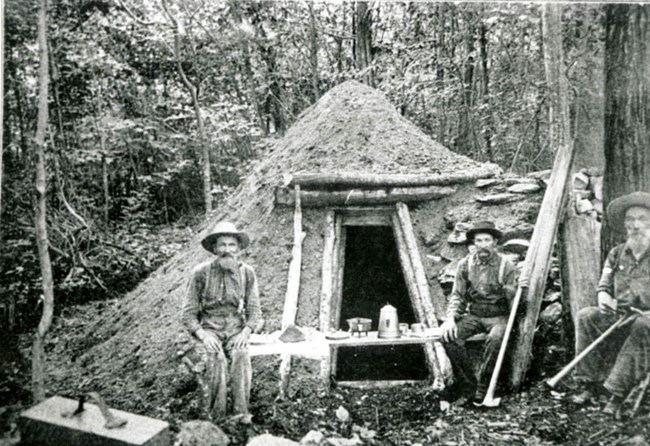
Changes in the Park
Changes in annual temperature, precipitation, and the timing of spring and fall could alter what plants and animals can thrive in Catoctin Mountain Park. All living and nonliving components of an ecosystem are connected: remove one piece and all life is affected. New changes put greater pressure on species already under stress from habitat loss, competition with invasive species, and disease. Some species will fare better under changing weather patterns, some will fare worse. The transition to a “new normal” could impact all life. The emerald ash borer (an insect native to Asia) is one example of a pest that is putting pressure on the park’s forest. It has killed millions of ash trees in the US, and is 100% fatal. The USDA estimates that if it spreads unchecked, losses to the forest products industry could reach upwards of $20 billion dollars in the United States. White ash is a commonly found tree at Catoctin Mountain Park, and there is clear and dramatic evidence of its decline within the park. As a leader in the conservation of our nation’s most valuable resources, the National Park Service has developed a Green Parks Plan to provide parks across the country opportunities to reduce greenhouse gas emissions. In this sprit, the park is working towards ensuring greater energy efficiency in our operations. Not only is conserving resources better for the planet, it also saves money. Some Effects on Humans PopulationsClimate Change is not only an issue for what we call the “natural world”, it will have direct impacts on people as well. Some of these (such as the spread of Lyme disease) are already occurring in Catoctin Mountain Park.
More ResourcesClimate Change in ParksClimate Change FAQNPS Response to Climate Change Effects in Other National Parks Useful DocumentsNational Park Service Green Parks PlanClimate Change in Eastern Forests and Woodlands Central Appalachians Forest Ecosystem Vulnerability Assessment and Synthesis Useful WebsitesUS Geological Survey (USGS) Climate Change and Wildlife Science CenterNASA Climate Change Site National Oceanic and Atmospheric Administration (NOAA) Climate Site 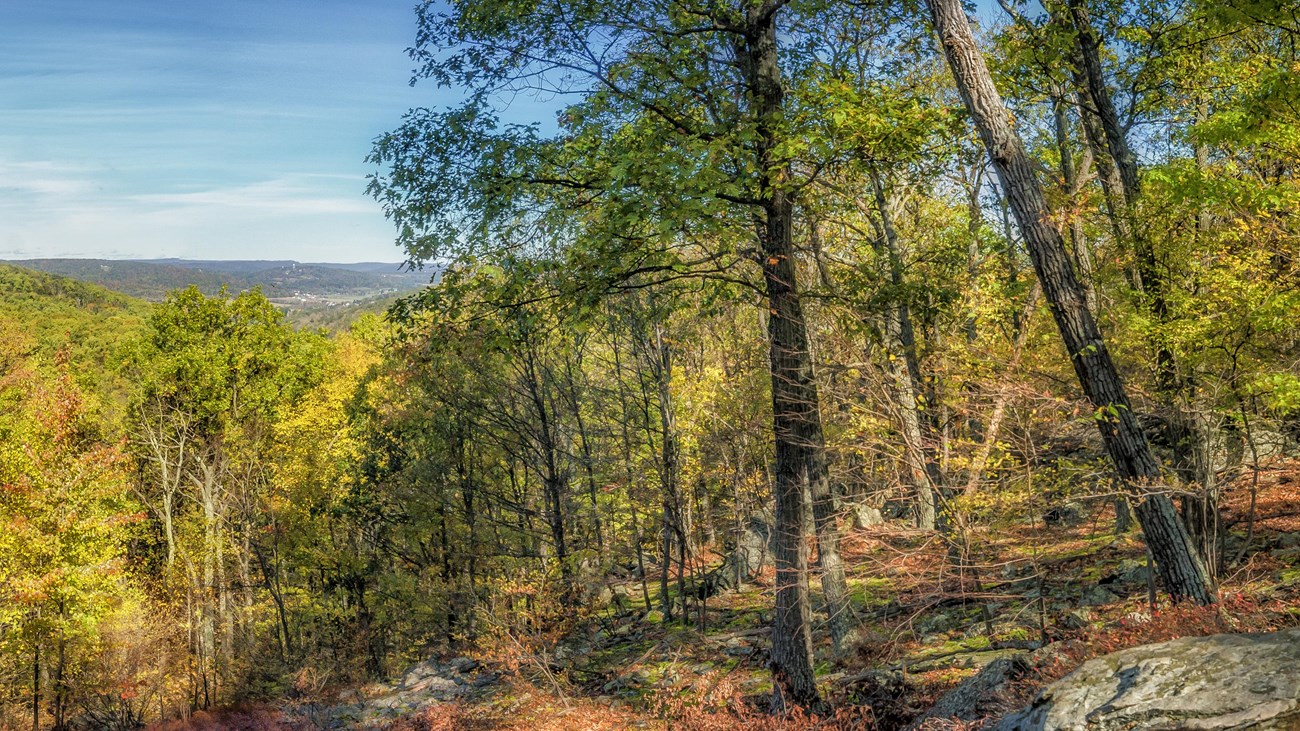
Eastern Forests and Climate
Changes in seasonal weather could have an impact on eastern forests, and the animals that call them home. 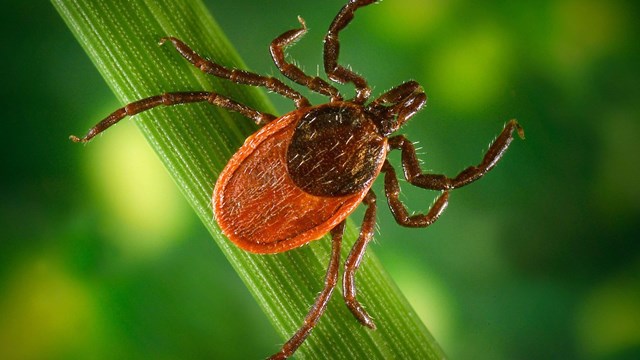
Health and Climate Change
Mosquito and tick-borne diseases are on the rise in a warming climate. 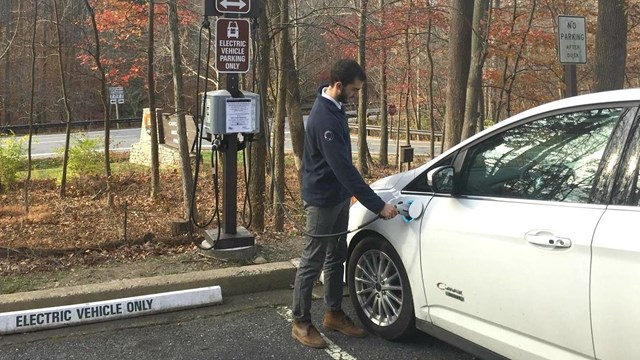
Sustainability in the Park
From alternative fuels to energy saving appliances, the park is working towards a low carbon future. 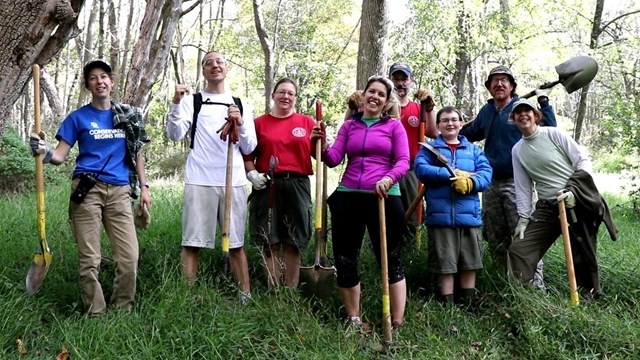
How You Can Help
You can be a part of the solution. At home, on the road, and in the park – get involved! ReferencesU.S. National Park Service. Climate Change Trends for Resource Planning at Catoctin Mountain Park, Maryland (doc. 9.3MB) Climate Change Response Program. Washington, D.C., 2012. |
Last updated: May 2, 2020
